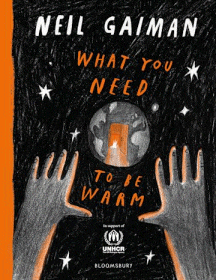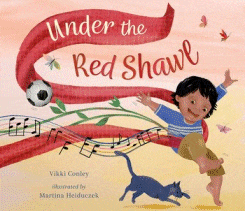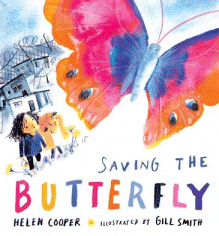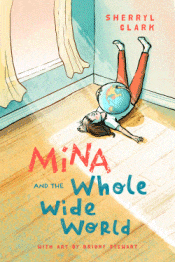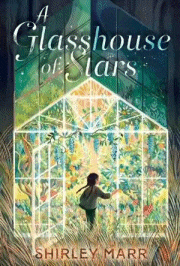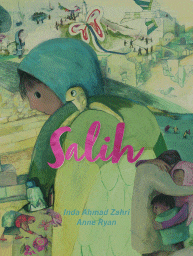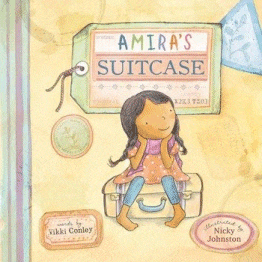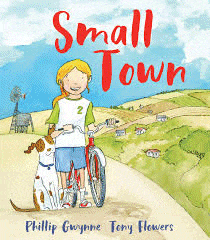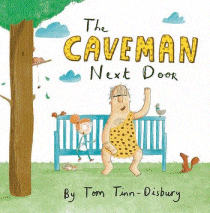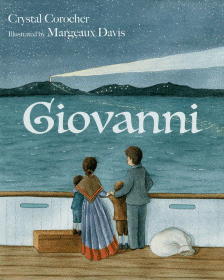
Giovanni
Giovanni
Crystal Corocher
Margeaux Davis
Wombat Books, 2023
32pp., hbk., RRP $A24.99
9781761111235
In 1881, four-year-old Giovanni and his family and local villagers leave the Veneto region of Italy bound for Australia having been promised “paradise” only to find that they are in the hands of a people smuggler with a rickety boat, little food and no real concern for their safety, let alone comfort. Eventually stranded on a beach in Noumea, they were in despair of ever reaching Australia dying in huge numbers from bad food, mosquitoes, undrinkable water and back-breaking work in the monsoon season.
But hearing of their plight, Sir Henry Parkes, the “father of Federation” but then colonial secretary of NSW sent a boat to rescue them and 22 families eventually settled on the NSW north coast in what was to become known as New Italy and the start of the Italian migration to Australia that continues today.
Told by the great-granddaughter of Giovanni, with a concurrent Italian translation by Jada Valpato, this is a story meticulously researched that tells of an almost-forgotten part of Australia’s migration history, making it one for both younger and older readers, particularly those of Italian heritage. Coupled with links to resources such as the New Italy Museum, this is definitely one for the collection for both your Italian families as well as any study of Australia’s immigration history.
